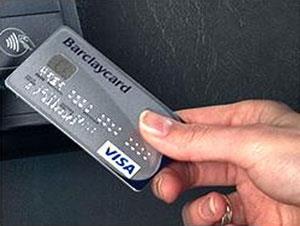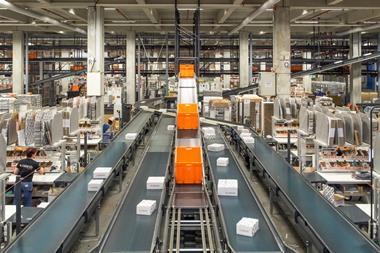When was the last time you made a chip and pin payment? For many the answer will be today. The response to the same question about contactless payments, however, is likely to be never.
When was the last time you made a chip and pin payment? For many the answer will be today. The response to the same question about contactless payments, however, is likely to be never.
Given that tap and go payments are so straightforward in theory, it is in some ways surprising that the payment method has not yet become instinctive for low value transactions. There is some dispute in the industry over levels of customer engagement so far. One issue is retailers have objected to paying for the ability to accept very low value transactions, and consumers feel it may add to the price of goods overall. But this ignores the issue that all methods of payment carry a cost – paying in cash still needs a secure till point and a member of staff to take the money to the bank.
A chicken and egg situation has developed here. Some retailers are waiting for consumer demand before installing terminals or pushing usage among their customer base. However, they would do well to remember that we humans are essentially creatures of habit. Without a nudge factor at the point of sale, all but the most tech savvy will revert to the method they are familiar and comfortable with: either chip and pin or cash.
Signs indicating greater traction of contactless in 2013 are appearing. There are now more than 20 million contactless cards in the UK and more than 110,000 places available to use these cards. One large contactless issuer says they are seeing more than a million contactless transactions each month now.
Why should retailers care so much about whether the method takes hold? The adoption of contactless will of course cut queue times and win business from customers with no cash for low value transactions. But long-term, the real jewel in the crown is contactless payments via mobile. The same tap and go technology, known as near field communication (NFC), can be embedded in a mobile handset using an NFC chip, linked to an e-wallet that stores debit and credit card details.
NFC handsets are not yet commonplace in the UK, but will open up a world of opportunities for retailers by capturing valuable information about each customer’s purchasing history with them. That data can be used to create bespoke offers, marketed to them through their handset, which is beneficial to both them and the retailer.
Making both retailers and customers comfortable with the process of tap and go on a card will be a bridge to engaging them with mobile payments when that technology becomes more widely accessible. Provided retailers give customers that nudge at the till to experiment with contactless, 2013 should see increasing volumes and mark a key point on the route to more widespread adoption of alternative payment methods.
Andy Hayes is director of product, marketing & scheme, global payments as HSBC Merchant Services


























No comments yet